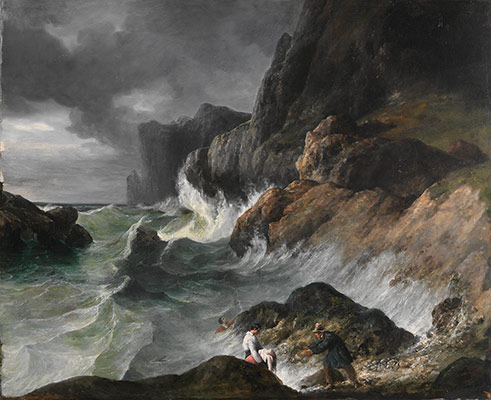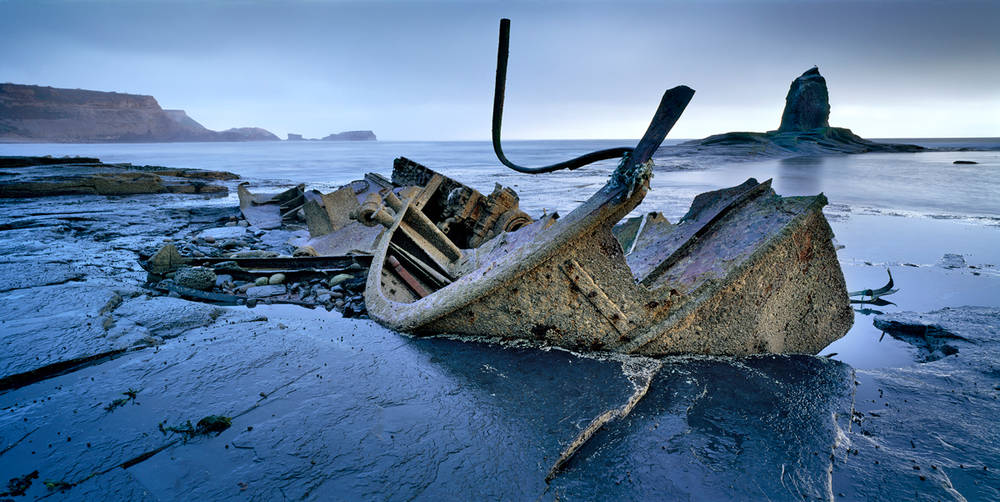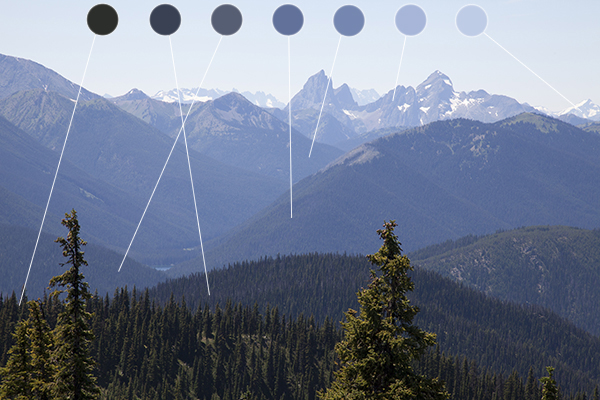Throughout the portrait project I mostly wanted to achieve the theme of ‘loss of identity’.To do this I focused on a mirror shoot, then a colour shoot using projections and lastly a black and white shoot with the scratching removal of a face. All of which I want to show a removal or cover of their own identity of a different reflections of themselves to what other people would see.My most effective shoot was the mirror shoot, this is due to the way in which the there was dynamic shots that were very creative in showing many sides to a person and illusion to show multiple faces within one. I chose my final images from all three shoots and displayed them suiting to the colour and theme of shoot.Overall I focused more upon three creative shoots and only experimental ideas fro tableau photography,I chose this because I thought my ideas were less suited to tableau. Although the tableau 7 sins idea would be effective so possibly there would be more experimentation throughout that in the future. Altogether this project had many ideas they all came under the theme of loss of identity when thinking about creative photography and overall it worked as a whole.
Monthly Archives: January 2018
Filters
Pioneers Of Landscape Photography
Carleton Watkins
He was perhaps America’s greatest 19th century landscape photographer yet today he’s largely unknown. His breathtaking landscapes of the Yosemite Valley were instrumental in preserving the valley for future generations and paving the way for both the National Parks system and the environmental movement.

Among the people who had Watkins’ prints was a U.S. Senator from California, John Conness. He showed them to his fellow lawmakers as part of his effort to save Yosemite from the development and tourism that was already encroaching on the valley. When President Abraham Lincoln saw them, it helped convince him to sign a bill in 1864 declaring Yosemite Valley “inviolable.”
It was the beginning of America’s environmental movement and the National Parks system. And if not for Watkins, there might not have been a pristine Yosemite Valley for photographers like Ansel Adams to photograph.
Ansel Adams
Though 50 years of work preceded him, Ansel Adams is the spiritual father of American landscape photography. Not only is he perhaps the most recognizable name in all of photography, but his work transcended art and science to make him an icon of popular culture as well.
“It’s rare to find a landscape photographer,” says Carr Clifton, “or any photographer who hasn’t been touched by Ansel Adams’ black-and-white work of the exquisite landscapes of the American West.”

Like Carton Watkins (above) before him, Adams made many famous photographs of Yosemite National Park. What set him apart was his work’s timeless quality. Technologically innovative and advanced enough to surpass much of the printing done today, Adams’ photography was simple enough to maintain a direct connection to the earliest pioneers of the medium.

Landscape Photography | Week 1 | Natural and Romanticized Landscapes
Week 1
The focus of your study and research this week is natural landscapes and the notion of ROMANTICISM in Landscape Art and then later, Photography.

Department: European Paintings
Working Date: (1830)
RESEARCH
The Age of The Enlightenment (1700-1800ish)
VS
The Age of Romanticism (1800-1900ish)
“Writers and artists rejected rationalism for the same reason that rationalism was rejected by the movement as a whole- it was in rejection of Enlightenment, which had sucked emotion from writing, politics, art, etc. Writers and artists in the Romantic period favored depicting emotions such as trepidation, horror, and wild untamed nature.”
“The ideals of these two intellectual movements were very different from one another. The Enlightenment thinkers believed very strongly in rationality and science. … By contrast, the Romantics rejected the whole idea of reason and science. They felt that a scientific worldview was cold and sterile.”


Blog Post 1: Define, describe and explain Romanticism (in landscape photography). Include a mood-board of appropriate images. Include at least 1 x hyperlink to an appropriate and relevant website. Embed an appropriate and relevant video / podcast.
Blog Post 2: Create an in-depth case study that analyses and interprets the work of a key landscape photographer…
Ansel Adams / f/64 group / Edward Weston / Fay Godwin / Hiroshi Sugimoto / Minor White etc
Remember you MUST use TECHNICAL / VISUAL / CONTEXTUAL / CONCEPTUAL to analyse effectively a key image…
Blog Post 3: add your contact sheet / select your best 5-10 images / 1 x final image / include edits and screen shots to show process
- analyse and evaluate your images and process
- show your understanding of composition, exposure, control of light, and effective use of lenses to create NATURAL landscape images that range from wide angle to telephoto as a response to how your choice of photographer(s) developed the genre…
Use your research to help guide you when taking your own photographs…
- create a mind-map / mood-board of potential locations around Jersey that you could record and create romanticized landscape photographs of….look for extremes (either calm or wild, derelict, desolate, abandoned or stormy, battered and at the mercy of nature)
- use the wild and dynamic weather and elements to help create a sense of atmosphere, and evoke an emotional response within your photo assignment
- aim to photograph the coastline, the sea, the fields, the valleys, the woods, the sand dunes etc
- photograph in the “golden hour” before dark, at sunset or during sunrise…and include rain, fog, mist, ice, wind etc in your work
- look for LEADING LINES such as pathways, roads etc to help dissect your images and provide a sense of journey / discovery to them
EXTENSION TASK: EXPOSURE BRACKETING AND HDR IMAGERY
Exposure bracketing means that you take two more pictures: one slightly under-exposed (usually by dialing in a negative exposure compensation, say -1/3EV), and the second one slightly over-exposed (usually by dialing in a positive exposure compensation, say +1/3EV), again according to your camera’s light meter.

High Dynamic Range
HDR stands for high dynamic range, and it essentially takes a series of images, each shot with a different exposure from darkest to lightest. HDR combines the best parts of the three overexposed, underexposed, and balanced shots to create a dramatic image with beautiful shadowing and highlights

HDR adjustments in Adobe Lightroom click here
HDR adjustments in Adobe Photoshop click here
Task : try a few variation of exposure bracketing and then try using HDR controls to create the exposures that you want…you may already have pre-sets on your phone or camera to help you do this, but experimenting manually will help your understanding!
Ensure that you include the following key terms…
- Composition (rule of thirds, balance, symmetry)
- Perspective (linear and atmospheric, vanishing points)
- Depth (refer to aperture settings and focus points, foreground, mid-ground and back-ground)
- Scale (refer to proportion, but also detail influenced by medium / large format cameras)
- Light ( intensity, temperature, direction)
- Colour (colour harmonies / warm / cold colours and their effects)
- Shadow (strength, lack of…)
- Texture and surface quality
- Tonal values ( contrast created by highlights, low-lights and mid-tones)

Atmospheric Perspective
VS

Linear Perspective
Good Luck!
natural
What is natural landscape photography?
A natural landscape is the original landscape that exists before it is acted upon by human activity. The natural landscape and the cultural landscapes are separate parts of the landscape.
Examples of natural landscapes



